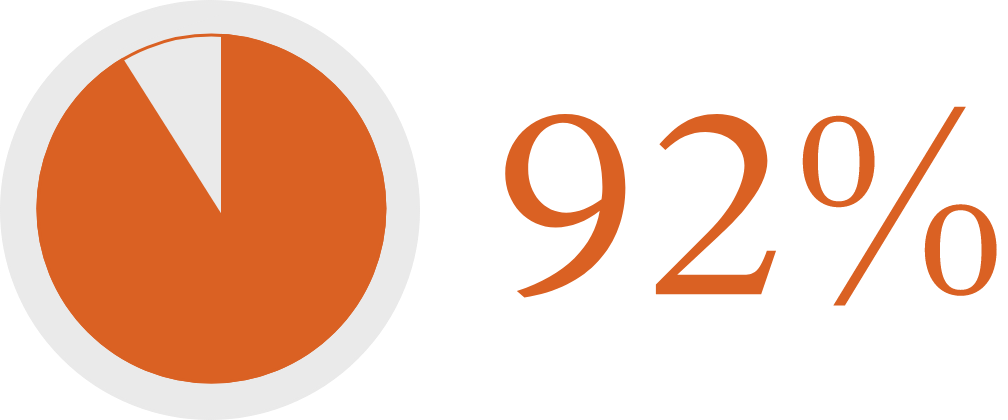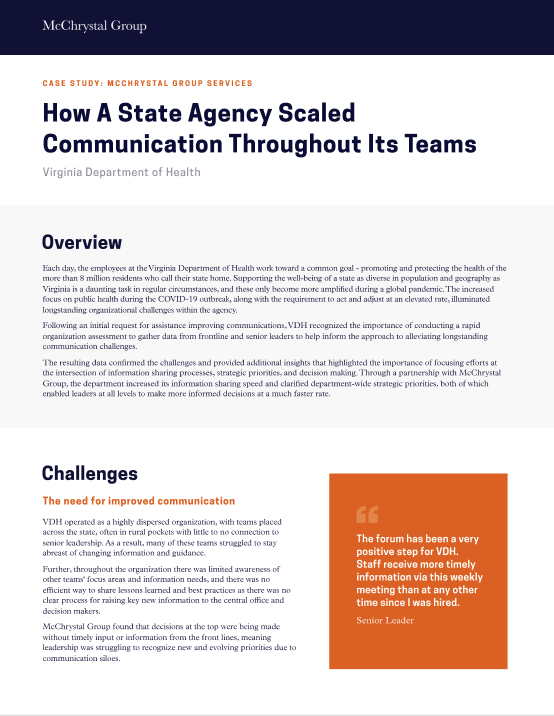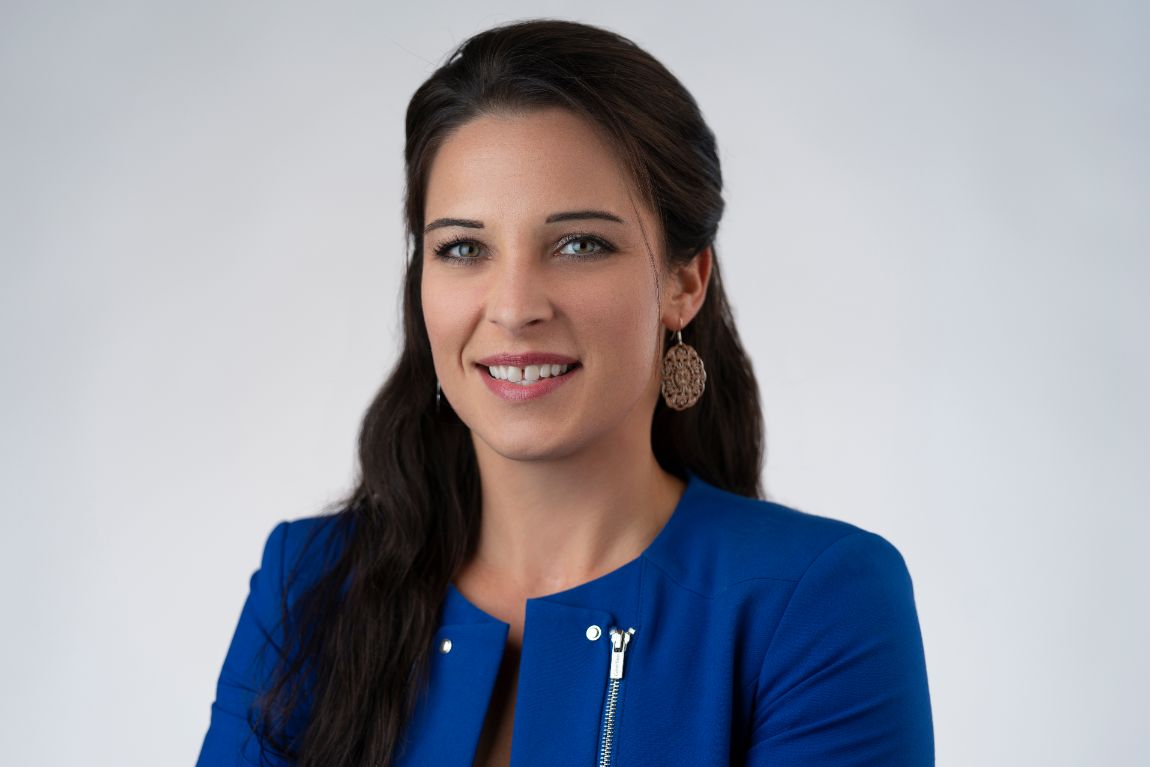Each day, the employees at the Virginia Department of Health work toward a common goal—promoting and protecting the health of the more than 8 million residents who call their state home. Supporting the well-being of a state as diverse in population and geography as Virginia is a daunting task in regular circumstances, and these only become more amplified during a global pandemic. The increased focus on public health during the COVID-19 outbreak, along with the requirement to act and adjust at an elevated rate, illuminated longstanding organizational challenges within the agency.
Following an initial request for assistance improving communications, VDH recognized the importance of conducting a rapid organization assessment to gather data from frontline and senior leaders to help inform the approach to alleviating longstanding communication challenges. The resulting data confirmed the challenges and provided additional insights that highlighted the importance of focusing efforts at the intersection of information sharing processes, strategic priorities, and decision making.
Through a partnership with McChrystal Group, the department increased its information sharing speed and clarified department-wide strategic priorities, both of which enabled leaders at all levels to make more informed decisions at a much faster rate.
Challenge
VDH operated as a highly dispersed organization, with teams placed across the state, often in rural pockets with little to no connection to senior leadership. As a result, many of these teams struggled to stay abreast of changing information and guidance.
Further, throughout the organization, there was limited awareness of other teams' focus areas and information needs, and there was no efficient way to share lessons learned and best practices as there was no clear process for raising key new information to the central office and decision makers. McChrystal Group found that decisions at the top were being made without timely input or information from the front lines, meaning leadership was struggling to recognize new and evolving priorities due to communication siloes.
Solutions
Creating a department-wide forum where all voices are heard
An organization-wide communications forum was created and implemented featuring an evolving agenda designed specifically for the unique audience to ensure individual teams were able to stay up to date on administrative changes, and hear announcements from agency leaders. The forum became a cornerstone for the agency and was used to guide the organization, both in times of crisis and calm. Once the forum was up and running, processes were developed alongside leaders to ensure they could run the communications forum independently and make changes as needed.
Train leaders to exemplify productive behaviors
Coaching and training was a foundational component of implementing the communications forum. By focusing on the behaviors that encourage effective communication, senior leadership was able to develop the right mindset and approach for facilitating the communication forum, using it as the primary mode to share new information and its relation to the overarching agency strategy.

of respondents said “they learned information now that they wouldn’t have learned before the new communication process was put in place.”
Attending the agency forums the past few months has broadened my awareness of VDH as a whole. As a result, I am more confident in the agency and leadership.”
Team Member
Further, the communications forum was used as a culture-building tool where leaders could be candid and genuine about things such as sharing good news, best practices, successes, and takeaways from events. The structure of the communications forum put the onus on managers and supervisors to then share relevant information from the forum with their teams, a practice that was reinforced through coaching.
Encourage connection outside of communications forum
Communication forum briefs where a presenter would discuss a topic relevant to a wider variety of teams encouraged cross-district collaboration and implementation of best practices among teams statewide. Awareness briefs were also a staple of the communications forum, where spotlights were used to highlight innovative programs, illustrate relationships with outside partners, and disseminate contact information for relevant stakeholders.
Results
The communications forum that was established for the department is thriving today. The weekly organization-wide communications forum is still regularly attended by more than 500 leaders and continuing to grow, despite being optional for most attendees—they want to join because it’s the best source of information and connection.
Further, it helped the entire organization align around the big picture so they could make decisions accordingly. Employees in an organization-wide survey indicated the highest-rated type of information received from senior leaders throughout the pandemic pertained to strategy. This information gave front lines team the perspective necessary to perform their duties effectively.
The intentional structuring allowed for the open sharing of information to take hold as a pervasive behavior among teams. Along with heightened transparency as it pertained to decision-making and follow-through, the communications forum and associated initiatives dramatically bolstered trust and interoperability throughout the organization.







